Jeff ‘Skunk’ Baxter on recutting his classics, mad-scientist modding and hustling Guitar Center for parts in the ‘70s
The Steely Dan and Doobie Brothers legend sits down to share gear war stories, explain what makes a good session player, and discuss his first solo album, the brilliant Speed of Heat
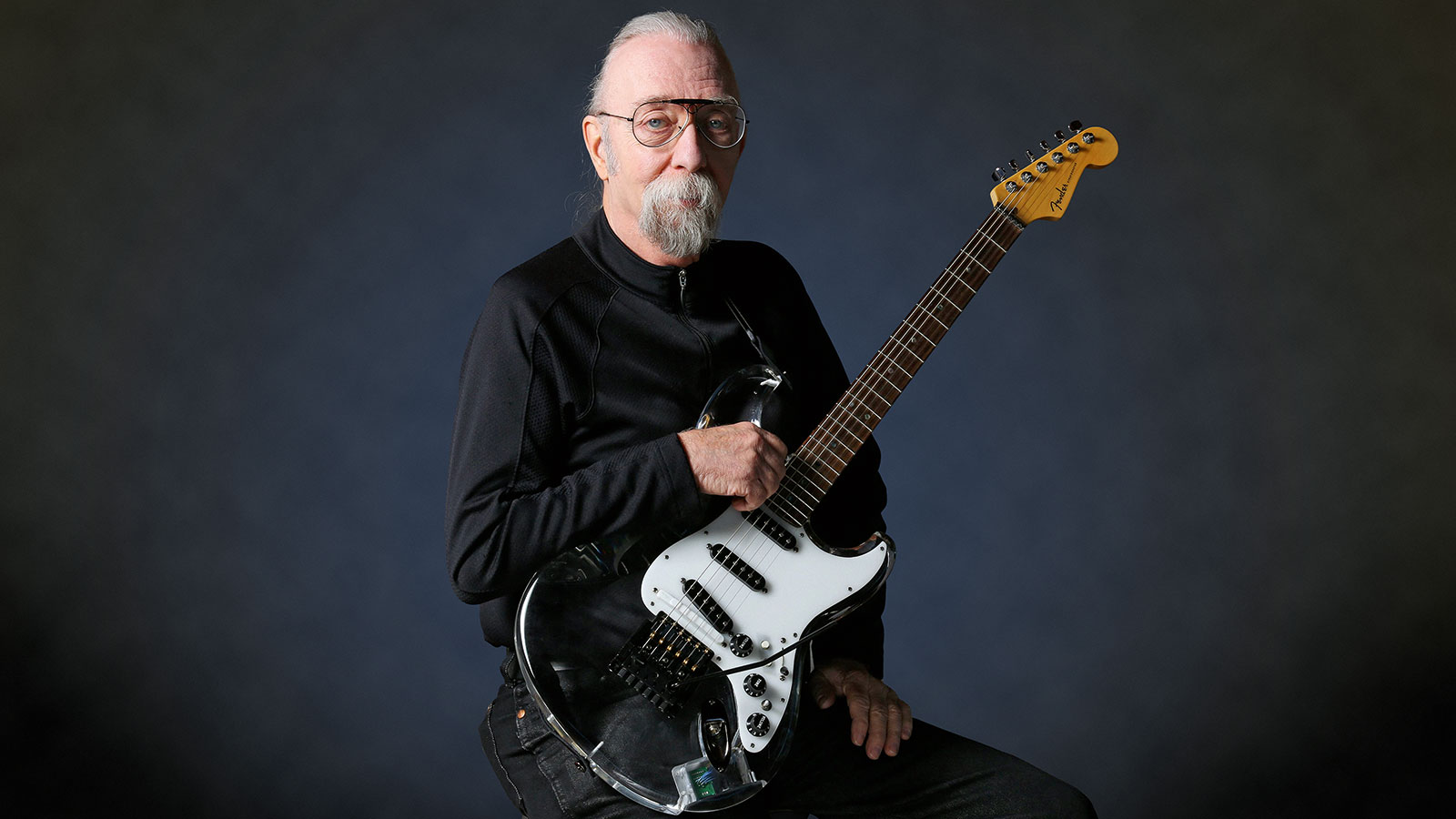
Jeff ‘Skunk’ Baxter had a good 70s. Part rockstar, mustachioed and toting a self-modded Fender, his extraordinary playing helped two formidable yet contrasting bands, Steely Dan and The Doobie Brothers, to their best work in that halcyon decade.
But Baxter’s obituary, when it is eventually written, will reference more than the effortless solo on Rikki Don’t Lose That Number. At 73, his session résumé is Lukather-long, spanning from Ringo Starr to Donna Summer, while his 360-degree curiosity has sparked sidelines both apt and unlikely: you’re as liable to find him co-designing a guitar synthesizer as advising the US Congress on missile defence.
This year, Baxter’s status in the rock ’n’ roll firmament is underscored by what is, remarkably, his first solo album, with Speed Of Heat finding him both revisiting his own classics and corralling old friends to the cause.
What prompted you to go into the studio and make Speed Of Heat?
“I really wanted to find out a little more about what I was as a guitar player. I mean, I certainly had my own definitions. Y’know, I’m a session sausage. I’m a live performer. I’ve done so much supporting other people. So it started out as an instrumental album.
“I wanted to play my favorite songs like Apache. But then, running into friends like Mike McDonald, Clint Black, Jonny Lang, I didn’t take much convincing to add some vocals. I sang on a scratch track of My Old School and sent it to Steven Tyler. But he said, ‘Well, why don’t you sing it?’ ‘I’m not a singer.’ ‘Yeah, you are.’ ‘Well, okay...’”
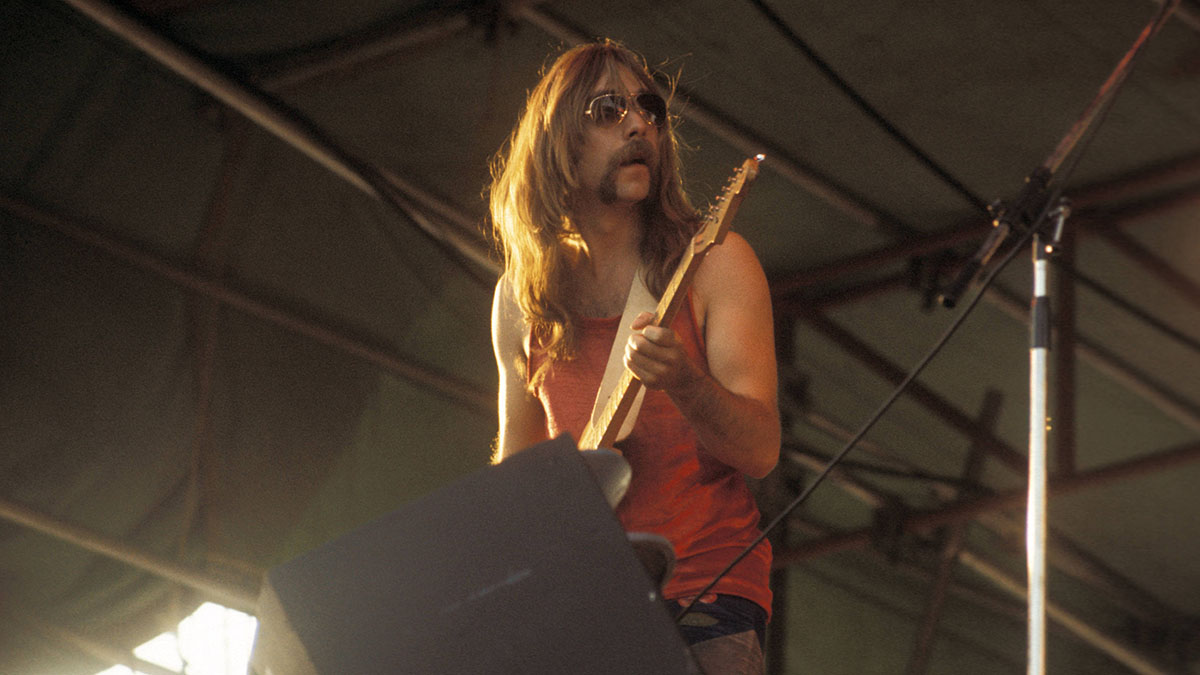
Your arrangement of Steely Dan’s Do It Again is a highlight. What made you feel that song might be fertile ground for a fresh treatment?
Get The Pick Newsletter
All the latest guitar news, interviews, lessons, reviews, deals and more, direct to your inbox!
“Well, myself and CJ Vanston [musical/production partner], both being studio rats, when we looked at Do It Again we said, ‘Okay, it’s a cool song, a cool melody, but maybe there’s a way to turn it upside down.’ We took out our musical scalpels and came up with this arrangement, which I love, especially playing it live. I love shuffles and to be able to turn that into 6/8 time, we went, ‘Whoa, that’s pretty cool.’”
For the most part, I’m using a Roland ME-10, which is a multi-effects pedal I helped design. I’d plug that directly into the console
You mentioned Steely Dan’s 1973 song My Old School. What drew you to that track?
“Well, I used to sing My Old School on live performances with Steely Dan, and every time we would do it live it would gather a little more energy. After a while, I said, ‘Y’know, this song could really support a little turbo boost.’ I put together the arrangement and brought it in to CJ.
“When we cut the track, I was pleasantly surprised how well it supports a tremendous injection of energy. I’m not a covers band – and that’s obvious. But also I think there’s a respect for your roots. And it was a nice jumping-off point.”
Tell us about the guitar and amp you use for that track
“Well, for the most part, I’m using a Roland ME-10, which is a multi-effects pedal I helped design. I’d plug that directly into the console. CJ would add a few plug-ins, but it’s pretty much the ME-10 and the guitar. There’s a Roland G-5 [V5] Stratocaster [on this album], which again is a project I had a lot of input on.
“It was the Mexican Strat platform we used, and I kind of like the pickups. I’ve changed the pickups in and out with some of my guitars. Y’know, I’ve wound pickups on my mom’s sewing machine for years, to get what I want. But I really like the tonality of that particular style of pickup.”
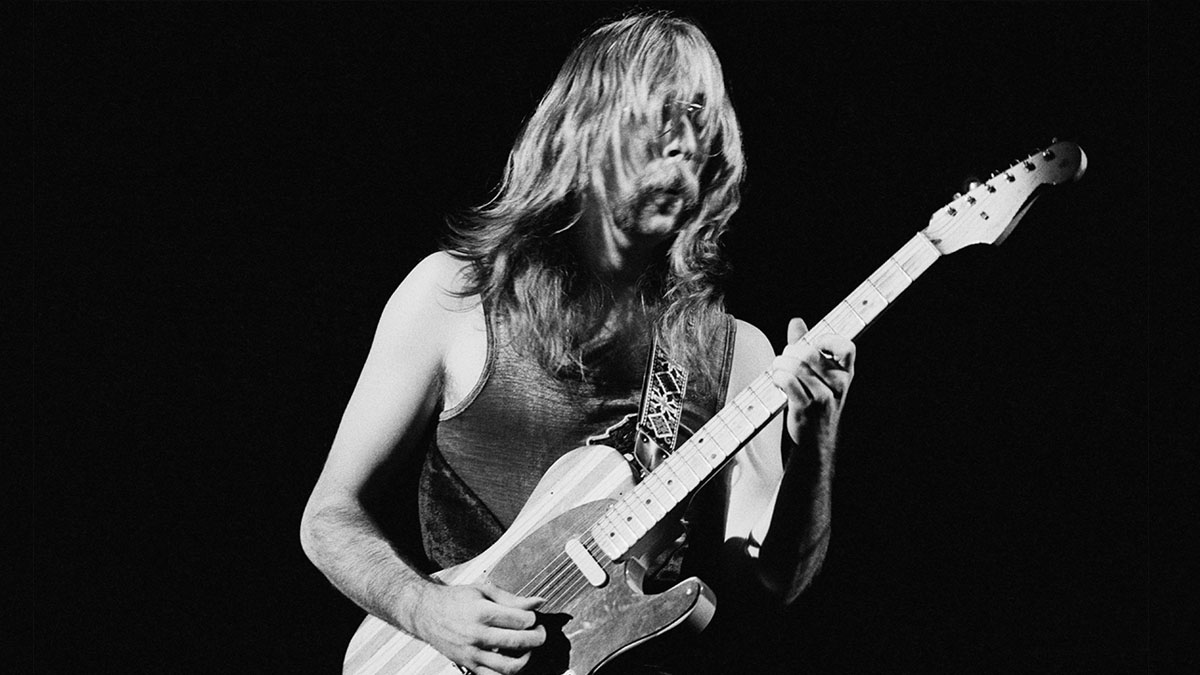
What would be the most personally important guitars you’ve used during your career?
“Wow. Well, one is the Stratocaster I used on My Old School. I actually routed out the body the afternoon before the session. I was out in the studio parking lot with a router. Put the electronics in. Assembled it, strung it up. Took it to the studio and cut the track. It’s not a typical Stratocaster because it’s a solid bird’s eye maple body with no body cutaways. That adds a lot of sustain.
I wanted to take the finish off my Tele, but the paint stripper I picked was too strong, so it delaminated the body! There were a couple of live performances where it fell apart
“Then there was my Telecaster: you’ve probably seen a picture of it, with the ‘Skunk-o-sonic’ pickups, for want of a better word. I found that guitar when I was dumpster-diving out at Fender. I wanted to take the finish off, but the paint stripper I picked was too strong, so it delaminated the body!
“I glued it back together and actually there were a couple of times in live performances where it fell apart and I had to tape it back together. But that instrument was a lab I used to try different kinds of electronics.”
You’ve always had non-traditional tastes...
“I suppose I have some favored guitars that are not your typical guitars. The guitar I used on the Donna Summer record Hot Stuff, that solo was a Burns Bison I bought for 35 bucks. I was in a hurry to the session and didn’t have a guitar because I was moving and everything was in transit.
“So I went down to Guitar Center. I used to go into that shop and I would find a guitar when I needed parts. Then I’d go in the back room, bash it against the wall, come back and say, ‘Hey, this guitar’s all screwed up, sell it to me for parts.’ They knew exactly what was going on.
I used to go into Guitar Center and I would find a guitar when I needed parts. Then I’d go in the back room, bash it against the wall, come back and say, ‘Hey, this guitar’s all screwed up, sell it to me for parts’
“This Burns was in a box that said ‘$35 – Buy Me!’ It had a number of guitars in it. And this little Burns Bison with five regular machineheads and one Kluson. I just grabbed it, plugged it in and said, ‘Yeah, all right.’ Adjusted the neck real quick, strung it up, grabbed a six pack of Bud, a Fender Deluxe Reverb, went in and cut Hot Stuff.
“The title cut from that same album, Bad Girls, I think was the first time anybody used a guitar synthesizer on a hit record and certainly on a No 1. And it was the guitar synthesizer prototype that we were working on at Roland. There were wires coming out, but it seemed to work. Formality is probably not one of my best attributes.”
Looking back, have you always had a non-reverential, hands-on approach to guitars?
“Well, I build guitars, and I’ve been customizing guitars since the early 60s when I was working with Dan Armstrong on 48th Street in New York. To me, the guitar is really a vehicle. I have a lot of respect – I have a couple of original D’Angelico guitars and I’m not going to start drilling a hole in them, that’s for sure.
“But it’s a vehicle. I remember when I bought my mom’s 1968 Ford Torino. First thing I did was rip out the 302 engine, drop in a 351. Y’know, I went at it because I knew what I wanted. And I [look at] guitars kind of the same way. Although, yes, I do have a respect for classic instruments.”
We touched on the Steely Dan years. What did you think of Denny Dias’s playing in that period?
“Well, I love Denny’s playing. And, for me, being a scientist and tech head, I thought his approach to guitar was somewhat empirical. I really liked that. It was like he was studying it constantly. And observing it and then executing. With heart. I mean, you have to have emotion to make it work out right.
All good studio players listen before they play, which creates a playing field and an opportunity, a musical petri dish that’s open to improvisation, thought, scrutiny
“Our styles seemed to fit together perfectly, especially live. Denny is a listener. It’s like, all good studio players listen before they play, which creates a playing field and an opportunity, a musical petri dish, so to speak, that’s open to improvisation, thought, scrutiny. I guess it would be called musical etiquette, where you have respect for the person you’re playing with.
“Y’know, I’m not going to make judgements on people that insist on never stopping and never shutting up. When we were playing together, Joe Walsh used to say, ‘Let’s see what happens because everybody is going to play lead at the same time.’ I’m not quite sure that is a valid path to go down. Denny was not like that at all. And he was a product of New York. A lot of guitar players from New York had a sort of bebop jazz underpinning and background and basis.”
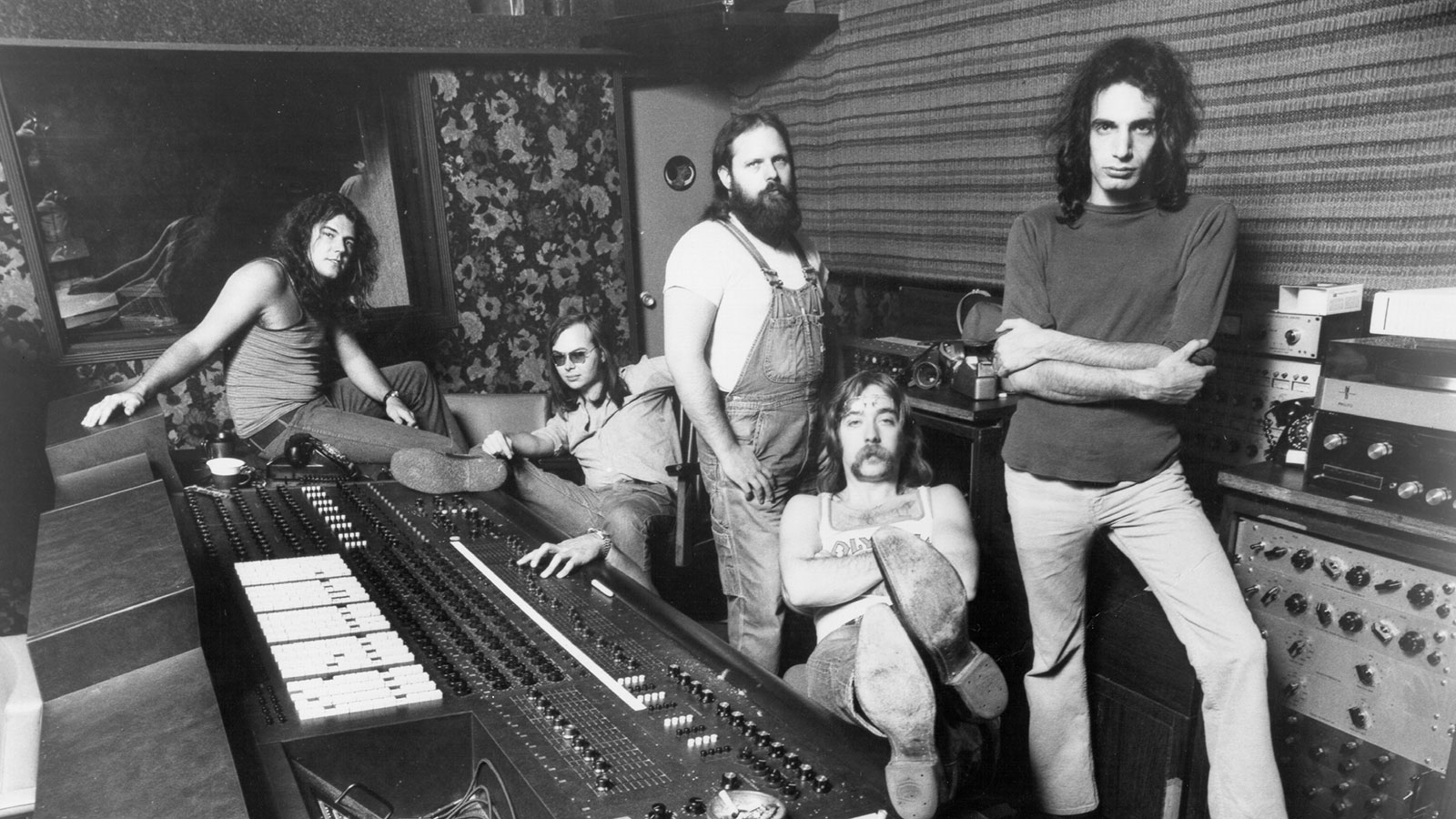
Jazz even got into the blues-boom musicians like Cream, didn’t it?
“I think British music is interesting. As they say, the child is father to the man. Those guys – Jeff Beck and Eric Clapton and even Hank Marvin, who I have tremendous respect for – were students. They were listening to American music in many varied forms and synthesizing that into their own playing.
I think an unsung hero is the lead guitarist for Buck Owens and The Buckaroos, [Don Rich]. I think Buckaroo is the quintessential Telecaster instrumental
“I remember Jerry Lee Lewis telling me this one time, ‘Y’know, there was this terrible time in American music.’ He called it ‘The Bobbys’ – with Bobby Rydell, Bobby, Bobby, Bobby. He said, ‘It was all going to hell.’ I understood what he was talking about, he meant that pop music was getting a little too pop and a little less music.
“And the Brits turned around and said, ‘Hold on, have you ever heard of Lightnin’ Hopkins and Muddy Waters?’ The Rolling Stones and Yardbirds and all these bands said, ‘Hey, let us reintroduce you to your roots.’ I think they did American musicians a huge favor.”
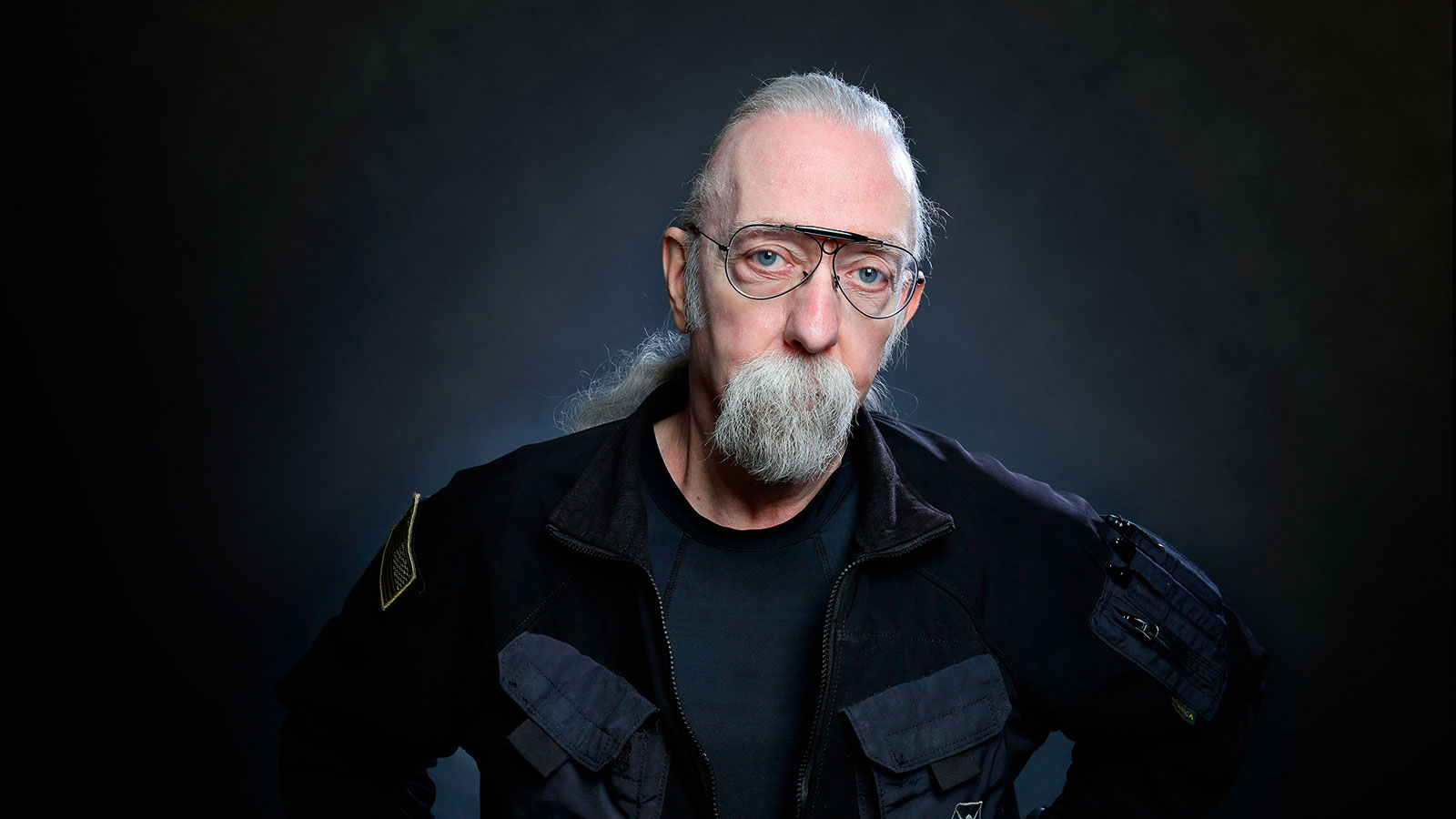
How about the more obscure players? Like the session guys who turned up, played a brilliant solo and never even got a credit...
“Well, I’ve been in that game – y’know, ‘Thank you very much, just give us your W4 form.’ But that’s okay. That’s what studio musicians do. I think another unsung hero is the lead guitarist for Buck Owens and The Buckaroos, [Don Rich].
“I think Buckaroo is the quintessential Telecaster instrumental. Go back and listen to that. It’s the perfect Telecaster tone. It’s clean. It’s ‘country philosophy’ guitar playing. Very straight ahead. But it’s such a statement.
“Another example would on be Doctor My Eyes. It’s a Jackson Browne song, but the solo is Jesse Ed Davis, who is one of the greatest guitar players. But very few people know that. When they listen to Doctor My Eyes, they go, ‘Well, that’s Jackson Browne.’ And you listen to Taj Mahal’s Leaving Trunk. That’s the quintessential blues solo. That was Jesse Ed. He was a good friend.”
On a practical note, which of the vibrato systems that you’ve played over the years has been your favorite?
“Well, I’m a big fan of the Stratocaster because it’s got a lot of play. There are probably going to be people that won’t like me for saying this, but use all five springs, please. Leo did that for a reason. If you haven’t done it, do it. And if you have done it, you’re already there. I think it’s an excellent system.
I think the best vibrato system I’ve ever seen is the [Washburn] WonderBar. It’s rare. They’re hard to find
“But I think the best vibrato system I’ve ever seen is the [Washburn] WonderBar. It’s rare. They’re hard to find. But there are a number of things that were special about it. One is that it bolts right onto the instrument and that offers tremendous opportunities for people who are not power-tool savvy.
“The other thing, it’s so smooth and accurate. Whoever engineered that was really on top of their game. So I have it on a number of my guitars, especially my Plexiglass Roland synthesizer guitar because it is such a precision piece of technology.”
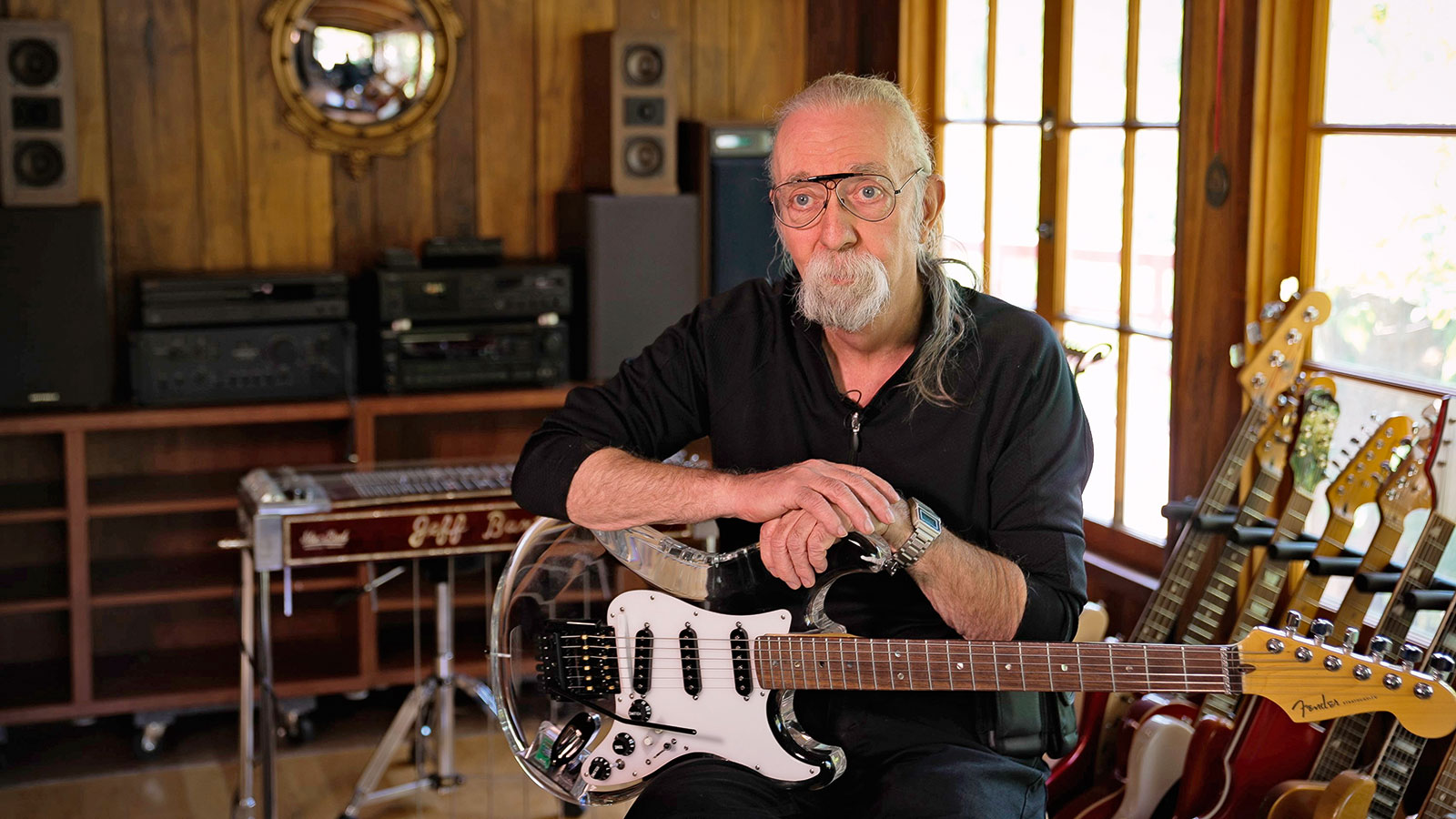
That’s the guitar you’re holding on the album cover?
“Right. When I was working for Dan Armstrong, we all believed Plexiglass was the perfect medium because it had no dead spots, tone-wise. I’d already built guitars out of brick, plasterboard, all kinds of stuff, trying to find a medium that had no dead spots or no peaks.
“So I had Roland build me a Plexiglass guitar as a laboratory for the guitar synthesizer. It sustains forever, which is perfect for the guitar synth. And I just started using it as my guitar, even though it weighs, like, 16lb. I sit down anyway, so it’s no big deal!”
- Speed Of Heat is available now on BMG/Renew Records
Henry Yates is a freelance journalist who has written about music for titles including The Guardian, Telegraph, NME, Classic Rock, Guitarist, Total Guitar and Metal Hammer. He is the author of Walter Trout's official biography, Rescued From Reality, a talking head on Times Radio and an interviewer who has spoken to Brian May, Jimmy Page, Ozzy Osbourne, Ronnie Wood, Dave Grohl and many more. As a guitarist with three decades' experience, he mostly plays a Fender Telecaster and Gibson Les Paul.
“His songs are timeless, you can’t tell if they were written in the 1400s or now”: Michael Hurley, guitarist and singer/songwriter known as the ‘Godfather of freak folk,’ dies at 83
“The future is pretty bright”: Norman's Rare Guitars has unearthed another future blues great – and the 15-year-old guitar star has already jammed with Michael Lemmo














